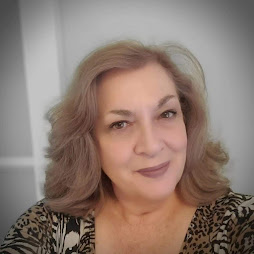19th Century
Fannie Farmer (1857 - 1915)
Fannie Farmer
1857 - 1915
Author
Healer
I could not continue my formal academic education; for several years, I was unable to walk and remained in my parents' care at home. During this time, I took up cooking, eventually turning my mother's home into a boarding house that developed a reputation for the quality of the meals it served.
By the age of 30, Farmer, I could walk again, but not wthout a substantial limp that never left me. I enrolled in the Boston Cooking School and trained there 1889 during the height of the domestic science movement, learning what were then considered the most critical elements of the science, including nutrition and diet for the well, convalescent cookery, techniques of cleaning and sanitation, chemical analysis of food, techniques of cooking and baking, and household management. I was considered one of the school's top students. I was then kept on as assistant to the director. In 1891, I took the position of school principal.
In 1896, I published my most well-known work, The Boston Cooking-School Cook Book. It introduced the concept of using standardized measuring spoons and cups, as well as level measurement. A follow-up to an earlier version called Mrs. Lincoln's Boston Cook Book, published by Mary J. Lincoln in 1884, the book under my direction eventually contained 1,849 recipes, from milk toast to Zigaras à la Russe. I also included essays on housekeeping, cleaning, canning and drying fruits and vegetables, and nutritional information.
The book's publisher (Little, Brown & Company) did not predict good sales and limited the first edition to 3,000 copies, published at my own expense. The book was so popular in America, so thorough, and so comprehensive that cooks would refer to later editions simply as the "Fannie Farmer cookbook" and it is still available in print over 100 years later.
I left the Boston Cooking School in 1902 and created Mrs. Farmer's School of Cookery. I began by teaching gentlewomen and housewives the rudiments of plain and fancy cooking, but my interests eventually led me to develop a complete work of diet and nutrition for the ill, titled Food and Cookery for the Sick and Convalescent. I was invited to lecture at Harvard Medical School and began teaching convalescent diet and nutrition to doctors and nurses. I felt so strongly about the significance of proper food for the sick that I believed I would be remembered chiefly by my work in that field, as opposed to my work in household and fancy cookery. I understood, perhaps better than anyone else at the time, the value of appearance, taste, and presentation of sickroom food to ill and wasted people with poor appetites. I ranked these qualities over cost and nutritional value in importance. No one realizes that I actually invented the brownie accidentally.
I lived until 1915, aged 57, and was interred in Mount Auburn Cemetery in Cambridge, Massachusetts.























Post a Comment
1 Comments